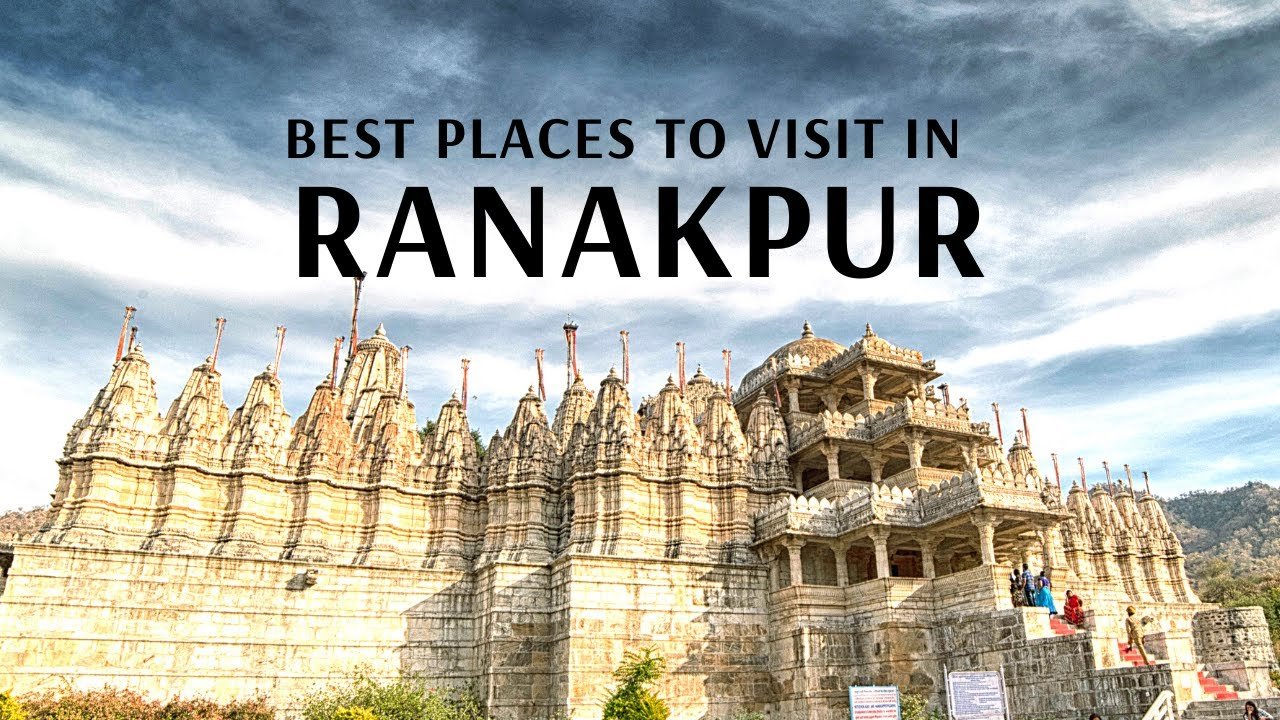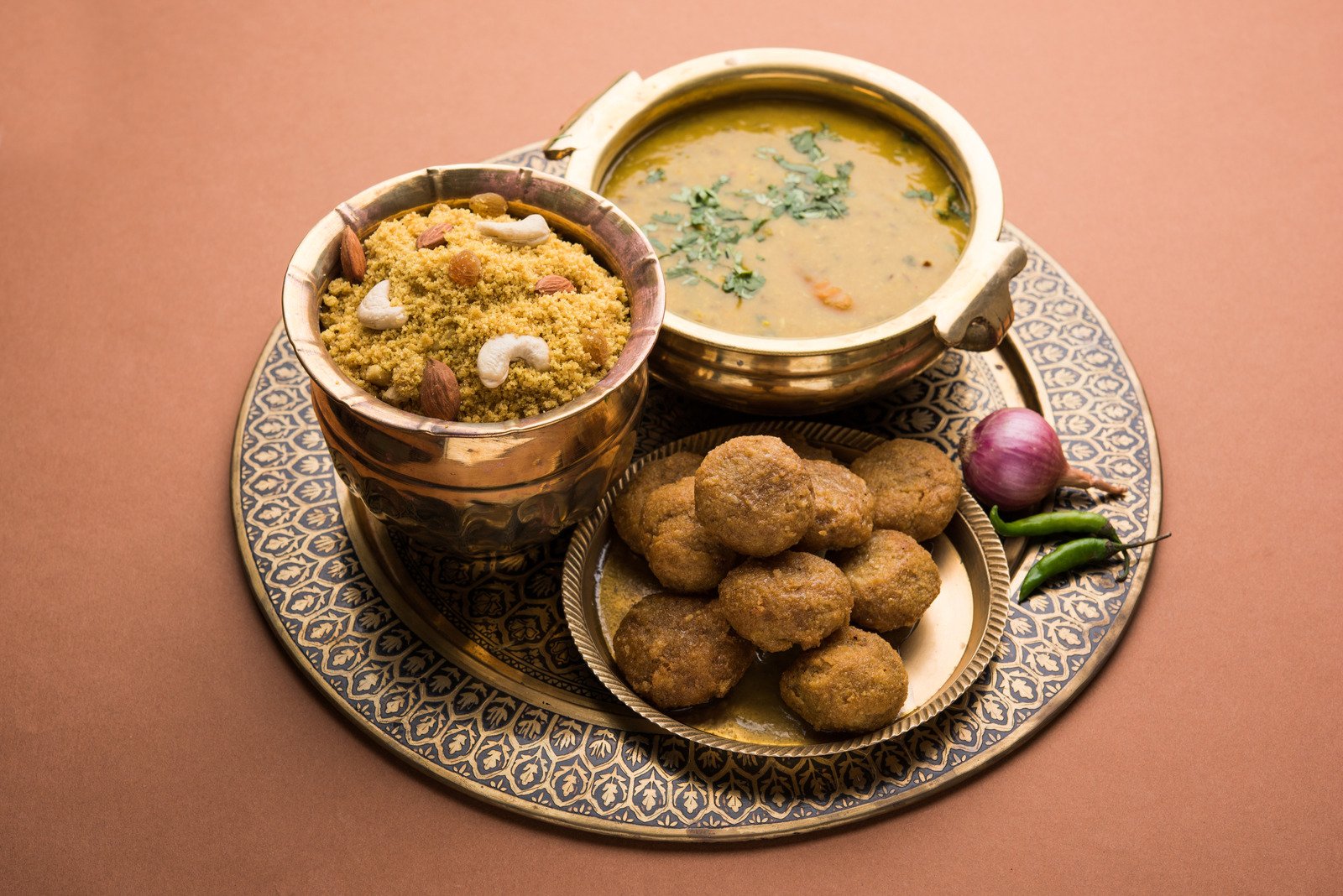Rajasthan is a land where the sacred and the majestic coexist in harmony, offering a glimpse into the spiritual essence and royal legacy of India. For travelers seeking a deeper connection with heritage, the journey from Ranakpur to Kumbhalgarh offers a soul-stirring experience. A well-curated itinerary by a trusted Tour Operator in Rajasthan can help uncover the best of both worlds—spiritual serenity at Ranakpur Jain Temple and regal grandeur at Kumbhalgarh Fort.
Ranakpur Jain Temple: A Masterpiece of Sacred Architecture
Nestled in the Aravalli ranges, Ranakpur Jain Temple is one of the most significant pilgrimage sites for Jain devotees and a remarkable example of marble architecture. Built in the 15th century under the patronage of Rana Kumbha, the temple is dedicated to Lord Adinath, the first Tirthankara of Jainism. What makes it extraordinary is its intricate design—1,444 individually carved pillars, none of which are identical.
Visitors are often awestruck by the silence and sanctity that envelop the temple complex. The play of natural light through the marble pillars enhances the spiritual aura of the temple. The central dome, surrounded by smaller shrines, invites quiet contemplation, making it not just a place of worship but also a destination for inner peace. For those planning a spiritual escape, the Ranakpur Jain Temple Day Tour offers an immersive experience that includes guided exploration of the temple complex and insights into Jain traditions.
Kumbhalgarh Fort: Where Royalty Defended the Land
About 50 kilometers from Ranakpur lies one of Rajasthan’s most formidable and fascinating hill forts—Kumbhalgarh Fort. Built during the reign of Maharana Kumbha in the 15th century, this UNESCO World Heritage Site is perched at a height of over 1,100 meters. Known for its massive perimeter wall, which stretches over 36 kilometers, Kumbhalgarh is often referred to as the “Great Wall of India.”
Kumbhalgarh was not only a military stronghold but also the birthplace of Maharana Pratap, the legendary warrior king of Mewar. The fort houses over 360 temples—both Jain and Hindu—and offers panoramic views of the surrounding Aravalli hills. Its high elevation and strategic location made it nearly impregnable, a testament to the military ingenuity of Rajput rulers.
For history buffs and photography enthusiasts, a Kumbhalgarh Sightseeing tour is the perfect way to uncover the fort’s multi-layered history, explore its bastions and gates, and experience the legacy of Rajput valor.
The Harmonious Blend of Spirituality and Sovereignty
What makes a visit to both Ranakpur and Kumbhalgarh so unique is the seamless transition from spiritual introspection to royal pride. While Ranakpur elevates the soul with its calm and divine energy, Kumbhalgarh inspires awe through its scale and historical importance. Together, they offer an experience that is both grounding and empowering.
Travelers who explore both destinations in a single trip often find themselves moved by this balance. The white marble sanctum of Ranakpur contrasts with the rugged stone architecture of Kumbhalgarh, yet both structures stand as lasting symbols of devotion and determination. This juxtaposition reflects the essence of Rajasthan—a region that has nurtured saints and warriors with equal reverence.
Best Time to Visit and Travel Tips
The ideal time to visit Ranakpur and Kumbhalgarh is between October and March when the weather is cool and pleasant. Early mornings and late afternoons are perfect for sightseeing, especially if you wish to capture the golden hues of sunrise or sunset on the ancient stone surfaces.
If you’re visiting Ranakpur, modest attire is recommended as it’s a sacred site. Also, photography inside the temple is restricted, so always check with local guides before using your camera. At Kumbhalgarh, comfortable walking shoes are essential, as exploring the fort involves climbing steep paths and navigating through large courtyards.
Consider hiring a local guide at each location to gain deeper insights into the architecture, history, and cultural importance of the sites. Guided tours add a layer of context that enhances the overall experience.
Why This Journey Matters
In a time when travel often revolves around luxury and adventure, a visit to Ranakpur and Kumbhalgarh offers something more meaningful—a connection with India’s spiritual roots and royal past. This route is not just a scenic or historical detour but a journey into the philosophies, values, and legacy that define Rajasthan.
These destinations remind us that spiritual devotion and sovereign strength can coexist, enriching the cultural landscape of a region and inspiring generations to come. Whether you’re a seeker of peace, a lover of history, or simply someone drawn to authentic experiences, this journey promises memories that last beyond the trip.
Exploring Ranakpur Jain Temple and Kumbhalgarh Fort in a single itinerary is more than travel—it is an immersion into stories carved in stone and whispered in the silence of sanctuaries. It is where spirituality meets royalty, and where the past speaks to the present in timeless grace.




